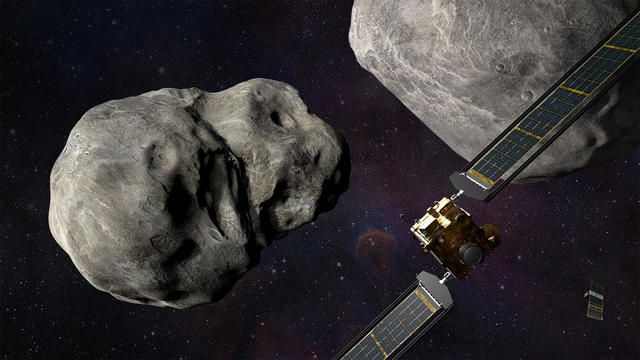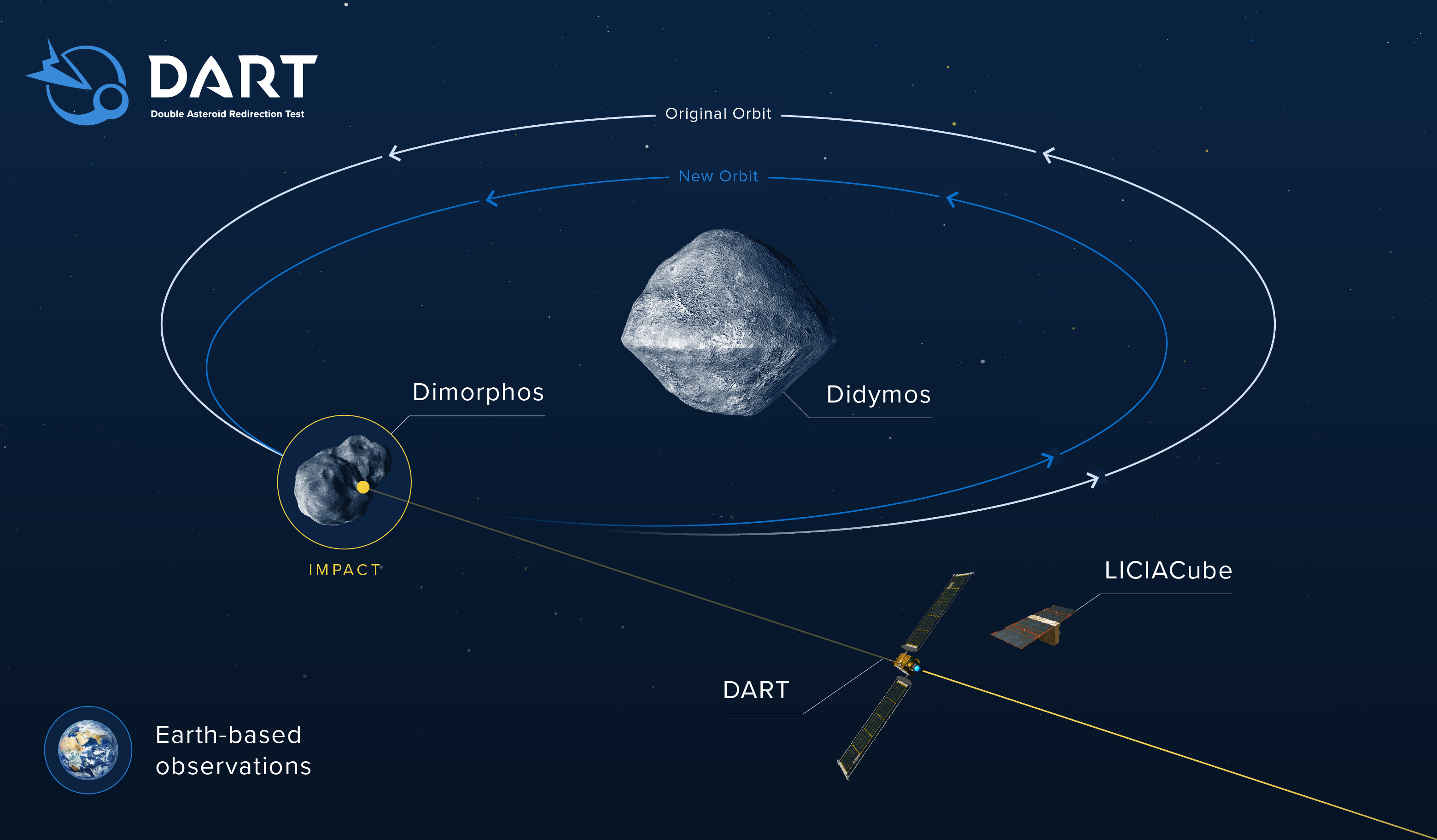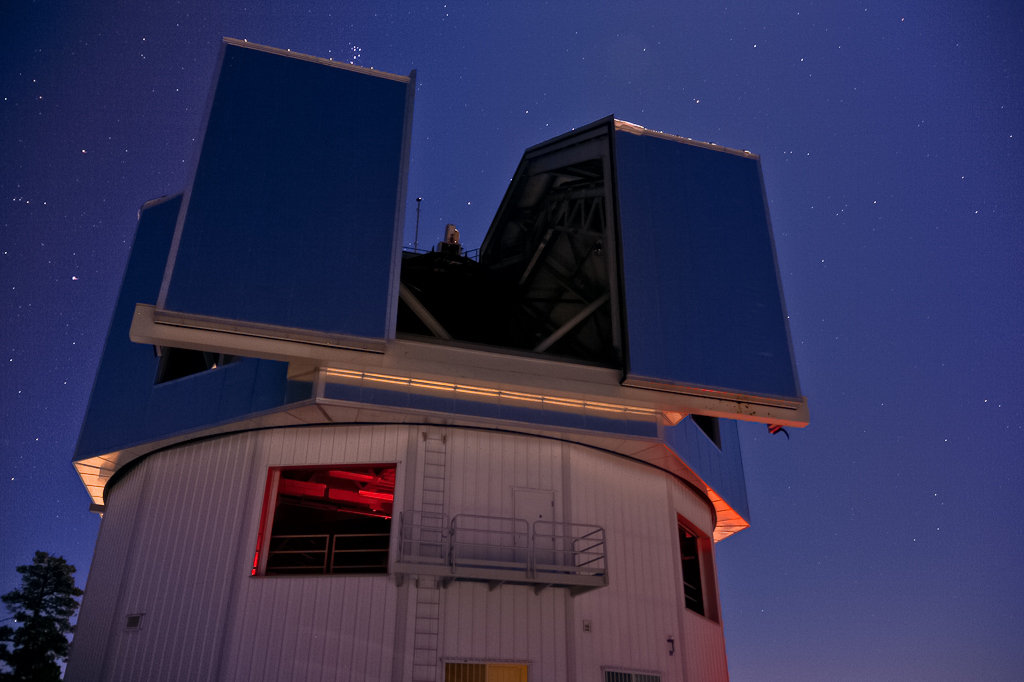Assignment 2 Recent Space News
Double Asteroid Redirection Test (DART)
DART Overview:

Didymos—The Ideal Target for DART's Mission
Mission Target:

DART Partners & Collaborators
Mission Target:
